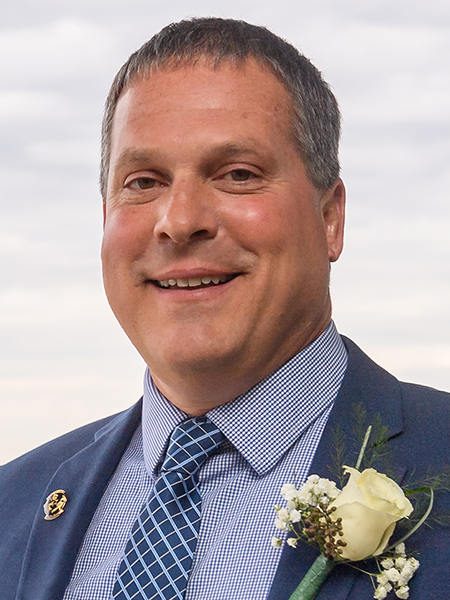"Purdue taught me how to approach problems in an organized or structured manner. While I was taught engineering fundamentals, I also learned how to try to distinguish between assumptions and facts. I believe this approach to critical thinking gives Purdue engineers an edge over our peers.”
As managing director, Scott Meyer works with faculty and students at Maurice J. Zucrow Laboratories to develop unique and capable propulsion test facilities. He has the responsibility to assure safe and productive laboratory operations. In addition to reworking existing facilities, Meyer led the collaborative design activity for the new High Pressure Combustion Lab, which was constructed in 2016. Zucrow Laboratories are now the most capable university rocket and gas turbine experimental research facilities in the world.
Meyer has been Zucrow’s managing director since 2009. Meyer joined the staff at Zucrow Laboratories in 2001 as a senior engineer when the State of Indiana made an investment to create a Propulsion and Power Center of Excellence at Purdue.
Previously, Meyer was a senior propulsion engineer at Beal Aerospace in Frisco, Texas. In that role, he defined test programs to support the development of the BA2-C launch vehicle stages and hydrogen peroxide/kerosene-fueled rocket engines. He gained experience designing and building both rocket engines and the associated testing facilities. In the three years that Beal Aerospace was in operation, Meyer was a part of the team that developed and successfully tested 5,000 lbf thrust, 44,000 lbf thrust, and 800,000 lbf thrust liquid rocket engines.
After completing a master’s in Aeronautics and Astronautics at Purdue in 1992, Meyer began work at Arnold Engineering Development Center in Tullahoma, Tenn., as a project engineer in the Propulsion Wind Tunnel Test Facility. He directed propulsion integration wind tunnel tests for contractors on the F-22 and F/A-18 fighter aircraft and the X-33 SSTO launch vehicle. The tests focused on engine-inlet compatibility and afterbody jet effects at transonic and supersonic flight conditions.

